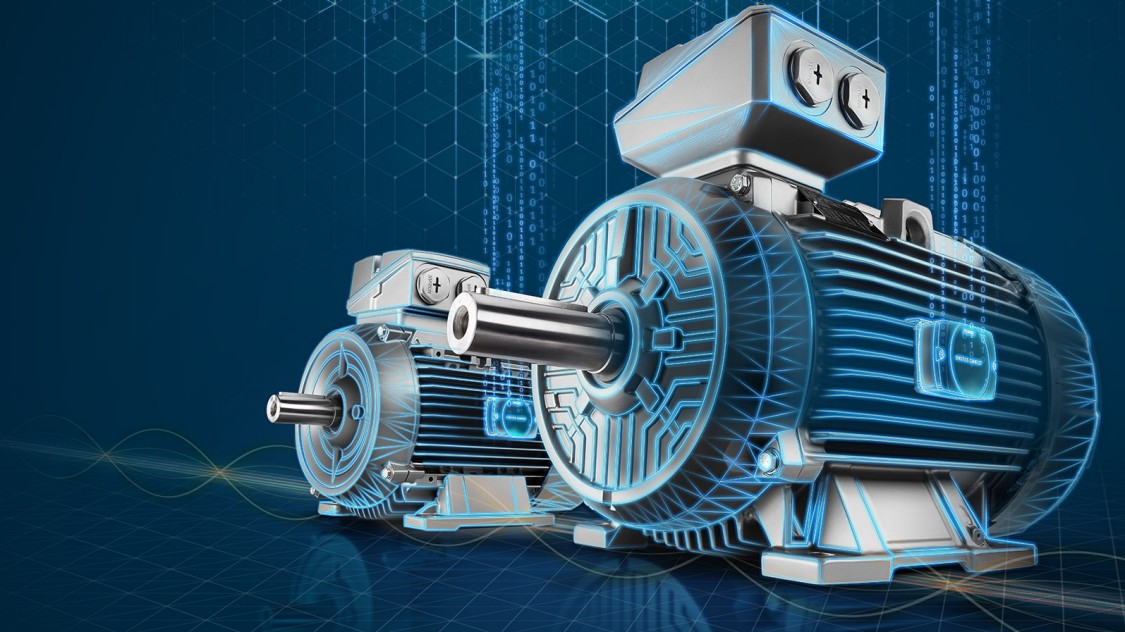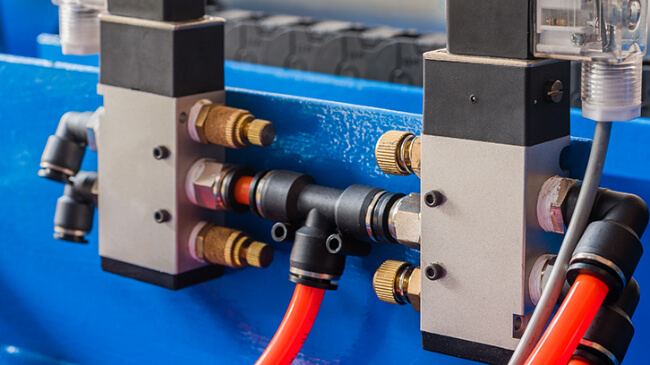Electric motors have become an indispensable part of modern life. They power everything from industrial machines to household appliances, and they are vital to the functioning of almost every modern vehicle. While we may take electric motors for granted, their history, types, and mechanisms are fascinating.
What is an Electric Motor?
An electric motor is a device that converts electrical energy into mechanical energy. This conversion is made possible by the interaction between a magnetic field and an electric current. Electric motors can be found in a variety of sizes and shapes, from tiny motors powering small electronic devices to large motors that propel ships and airplanes.
History of Electric Motors
The history of electric motors dates back to the 1820s when Michael Faraday discovered the principle of electromagnetic induction. By the 1830s, scientists had built rudimentary electric motors, but it wasn’t until the late 1800s that practical electric motors were developed. In 1888, Nikola Tesla invented the AC motor, which is still used today in many applications.
Types of Electric Motors
There are several types of electric motors, each with its unique properties and applications.
AC Motors
AC motors, or alternating current motors, are the most common type of electric motor. They are used in a wide range of applications, from household appliances to industrial machinery. AC motors are relatively simple and efficient, making them ideal for many applications.
DC Motors
DC motors, or direct current motors, are less common than AC motors. They are often used in applications that require precise control of speed and torque, such as robotics and automation. DC motors are more complex than AC motors, but they offer greater control and efficiency in certain applications.
Servo Motors
Servo motors are a type of DC motor that is used in applications that require precise control of position and speed. They are often used in robotics and automation, where they can be used to control the movement of robotic arms and other mechanical devices.
Stepper Motors
Stepper motors are another type of DC motor that is used in applications that require precise control of position and speed. They are often used in 3D printers, CNC machines, and other applications that require precise control of motion.
How Does an Electric Motor Work?
The principle of operation of an electric motor is relatively simple. When an electric current is passed through a wire that is placed in a magnetic field, the wire experiences a force, which causes it to move. In an electric motor, this wire is replaced by a coil of wire, and the magnetic field is produced by a permanent magnet or an electromagnet.
The basic components of an electric motor include a rotor, a stator, and a commutator. The rotor is the rotating part of the motor, and it is typically made up of a series of coils. The stator is the stationary part of the motor, and it contains the permanent magnet or electromagnet that produces the magnetic field. The commutator is a set of contacts that switch the direction of the current as the rotor turns, allowing the motor to continue rotating.
Advantages of Electric Motors Over Traditional Engines
Electric motors offer several advantages over traditional engines. They are more efficient, quieter, and produce fewer emissions. They also require less maintenance and are more reliable. In addition, electric motors can be powered by a variety of sources, including batteries, solar panels, and wind turbines, making them a more sustainable option.
Applications of Electric Motors
Electric motors are used in a wide range of applications, from powering household appliances to driving industrial machinery. They are also used in transportation, including electric cars, buses, and trains. In the future, electric motors are likely to become even more prevalent, as more companies and individuals recognize their benefits.
Maintenance and Upkeep of Electric Motors
Like any machine, electric motors require regular maintenance and upkeep to ensure they continue to operate efficiently. This may include cleaning, lubrication, and replacement of worn or damaged parts. It is also important to periodically check the electrical connections and ensure that the motor is properly grounded.
Future of Electric Motors
The future of electric motors is bright, as more companies and individuals recognize their benefits. Electric motors are likely to become even more efficient, more powerful, and more affordable. They may also become more integrated into the power grid, as more renewable energy sources are developed.
Conclusion
Electric motors are an essential part of modern life, powering everything from household appliances to industrial machinery. They offer several advantages over traditional engines, including greater efficiency, lower emissions, and greater reliability. As we look to the future, electric motors are likely to become even more prevalent, as more companies and individuals recognize their benefits.


